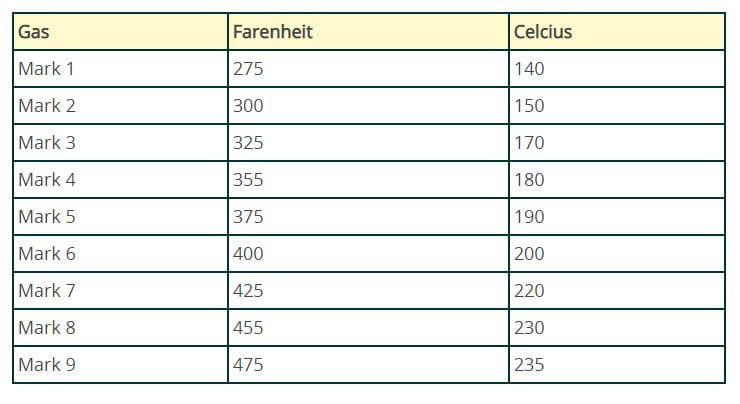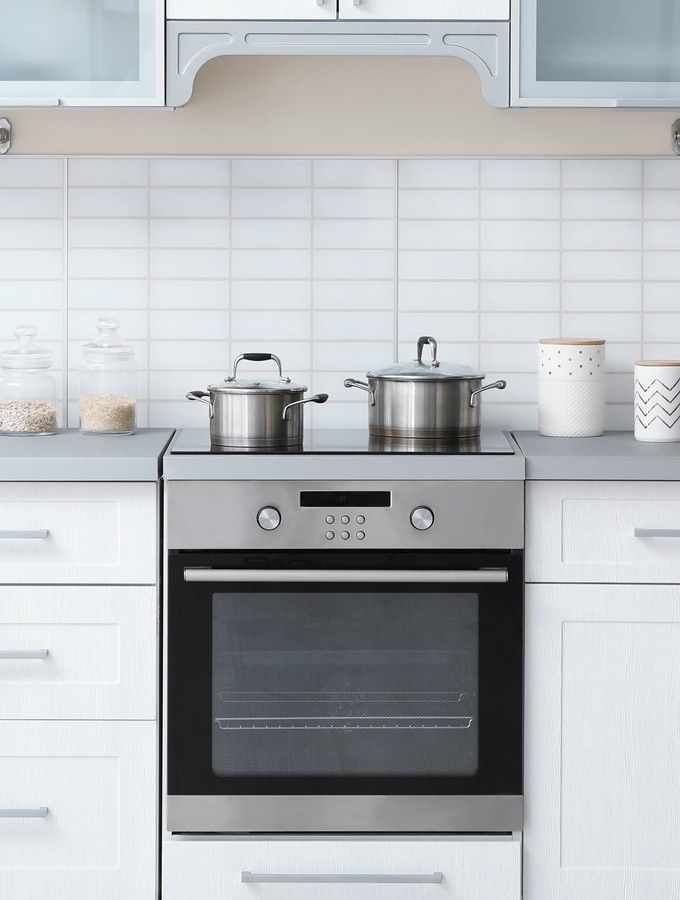
I don’t flit very easily between the imperial and metric measures. It just sounds wrong.ĭespite all of this, some of my favourite recipes are older and some are more recent. And never ever will anyone visit the pub and ask for 568 millilitres of beer. Discover all about your fan-forced oven and learn the difference between fan-forced, fan-assisted and conventional ovens. Upscaling cake recipe quantities This chart helps down and upscale cake recipe quantities and assumes that the recipe you are using is the most common size/shape, which is an 8 inch (20cm) round cake and 3 inch (7.5cm) deep. When using the term Fan it refers to a convection (or fan-assisted) oven, and the temperature will be adjusted as follows: Follow instructions for baking time, but reduce the convection oven temperature by 20-25 degrees F (-4 to -7 degrees C). Have you checked out my really easy rice cooking method? Ingredientĭespite growing up surrounded by litres and millilitres, I’m not convinced that I will ever be persuaded to stop saying a pint of milk. Adjust times for fan assisted ovens (remove 20☌ from amounts below or look at the temperature conversion guide above). The only time I really use cups is when I make rice. Having this simple conversion chart has really helped.

I get that the proportions will be right, but other than that, it baffled me for a long time. If you have a fan-assisted gas oven conversion, reduce the Gas Mark by 1. I always wonder, “Which size cup?” Cup is actually an American measurement and doesn’t really refer to a cup at all! When the recipe only uses this unit of measurement and nothing else, such as eggs, that’s fine. For an electric fan oven conversion, reduce the Celsius temperature by 20C. Never has my despair been so evident as when I see a recipe that uses ‘cups’. It’s usually the sweet peanuts, for reference. I’m the type of girl who visits the sweet stall on the market or the quaint corner shop with the old-fashioned scales and still asks for “a quarter of” whatever delight takes my fancy that day. The more space, the easier it is for the heat to penetrate and the quicker the cooking time. One of the advantages of having a fan-assisted oven is. It also preheats faster and prevents hot spots, ensuring that the food is cooked evenly. In that case, the fan oven is an excellent choice as it only requires a lower temperature and quicker time to cook. Bit of googling suggests that the thermostat needs changing & is also.
#Fan assisted ovens temperature conversion trial#
It can be a bit of trial and error at times and you’ll find it easier once you get used to cooking with your oven. Oven Baking Temperatures To Convert Fahrenheit to Celsius: Subtract 32, multiply by 5, then divide by 9 To Convert Celsius to Fahrenheit: Multiply by 9. Suppose you are after energy efficiency and speed. Everything was fine with our oven but recently we noted that it was starting to burn food, even if you turn the temp down and have it on for less time it would still really burn the food whereas before this began it certainly wouldnt. When cooking Yorkshire puddings in my current oven (it’s a fan oven), I know that it needs to be set to 190☌, but my old one had to be at 200☌.


There is also a difference in temperature between ovens and fan assisted ovens. You should always bear in mind that every oven is different. The conversions chart below should help you to convert Celsius to Fahrenheit and vice versa.


 0 kommentar(er)
0 kommentar(er)
